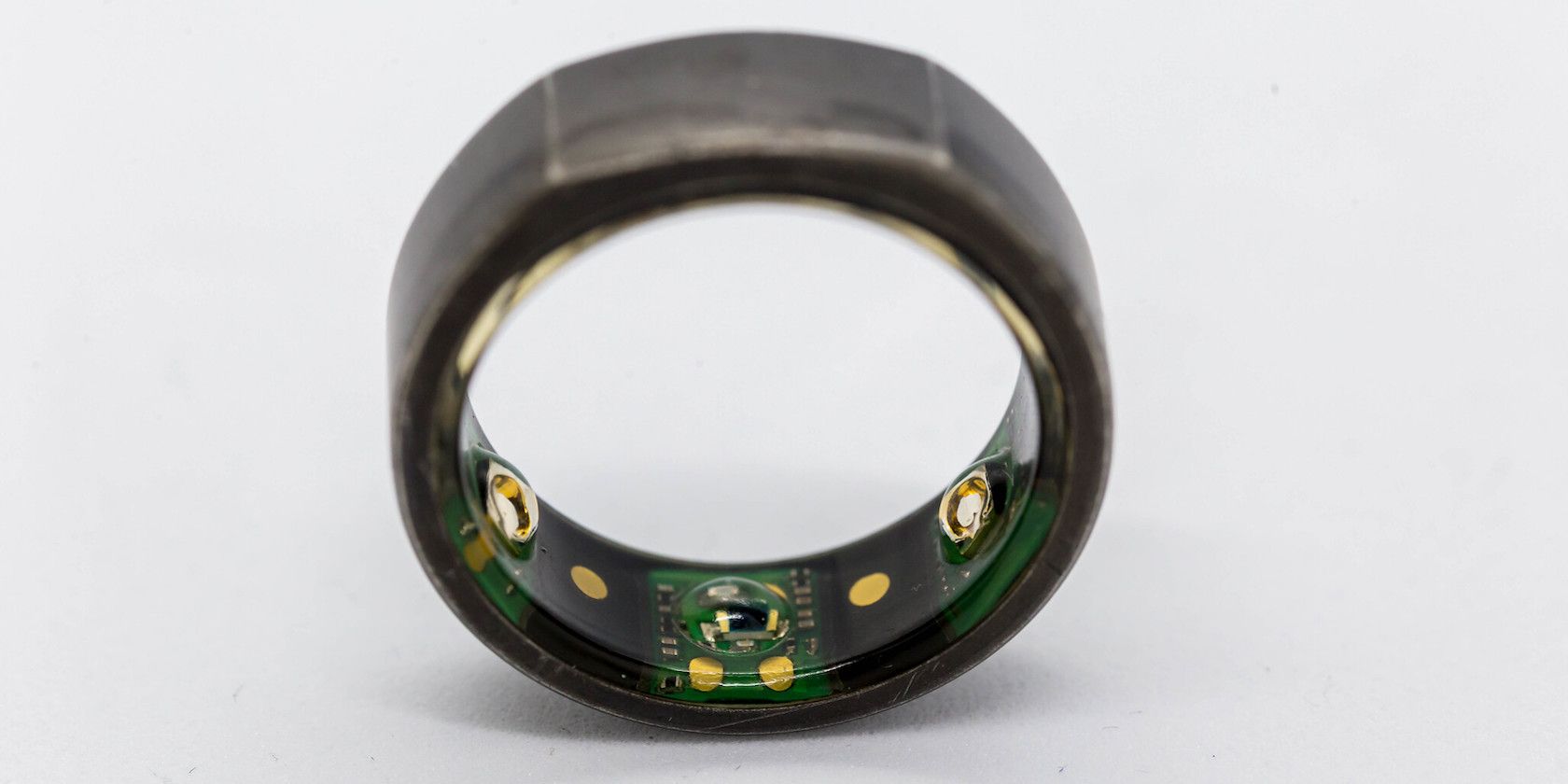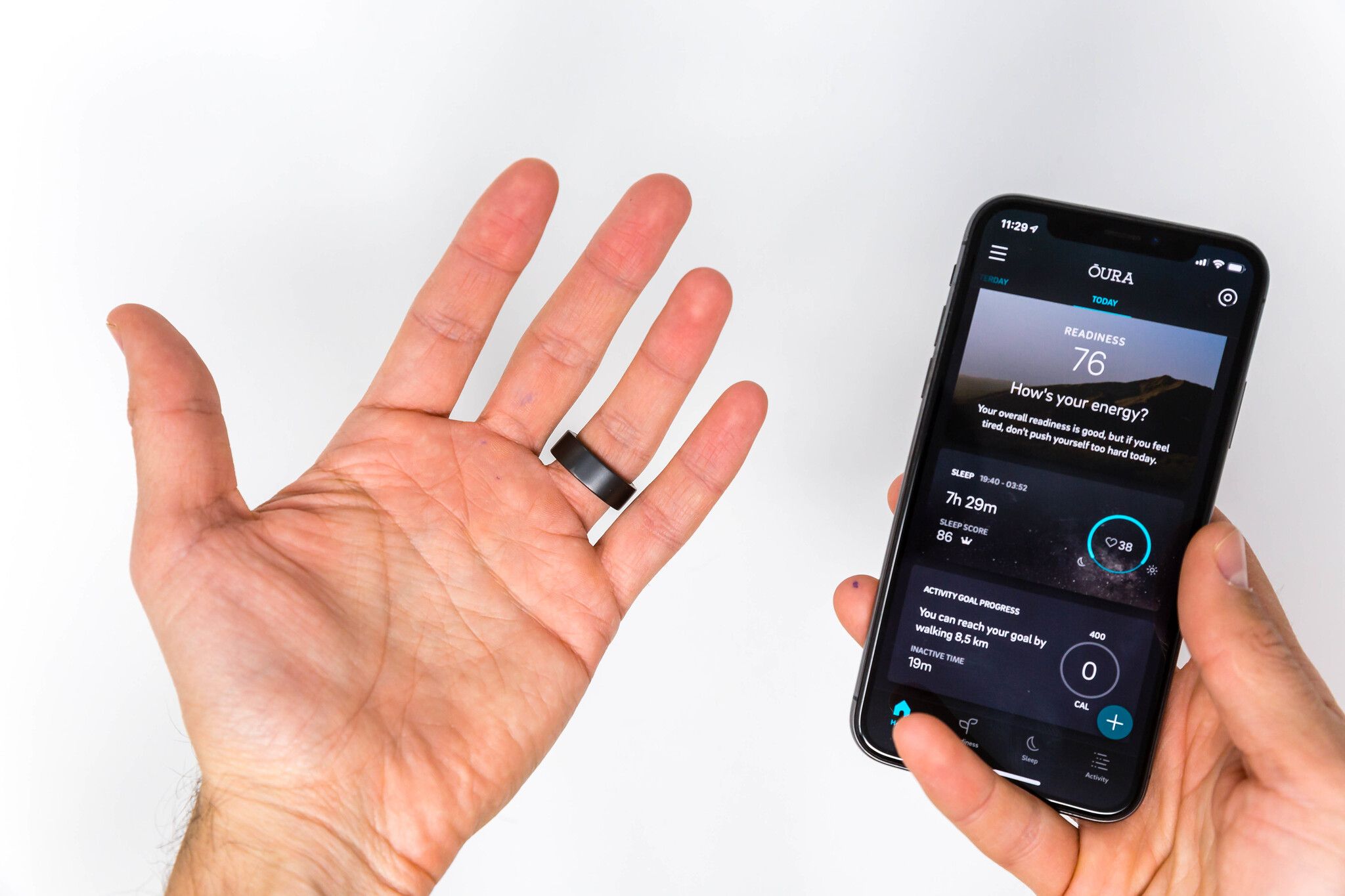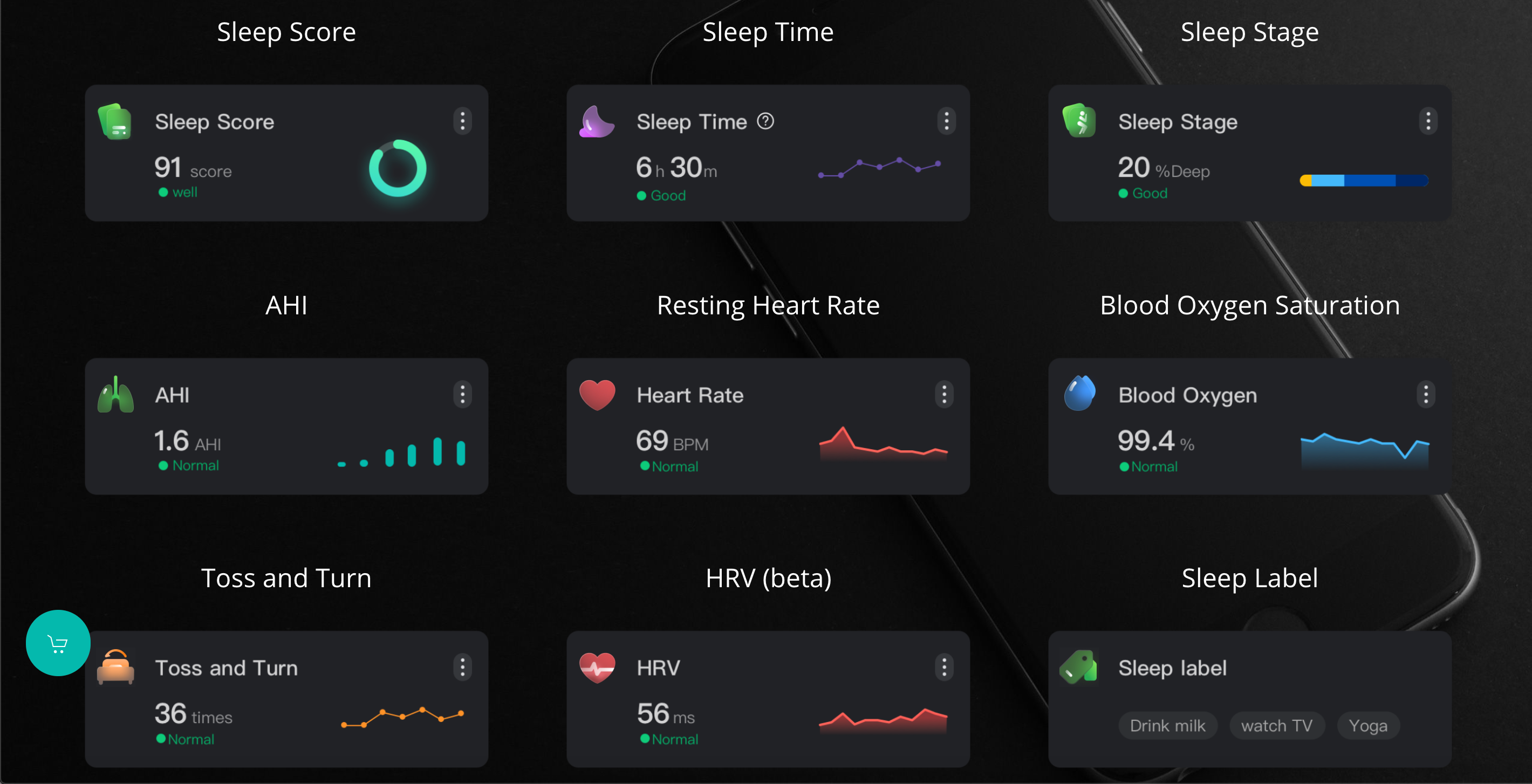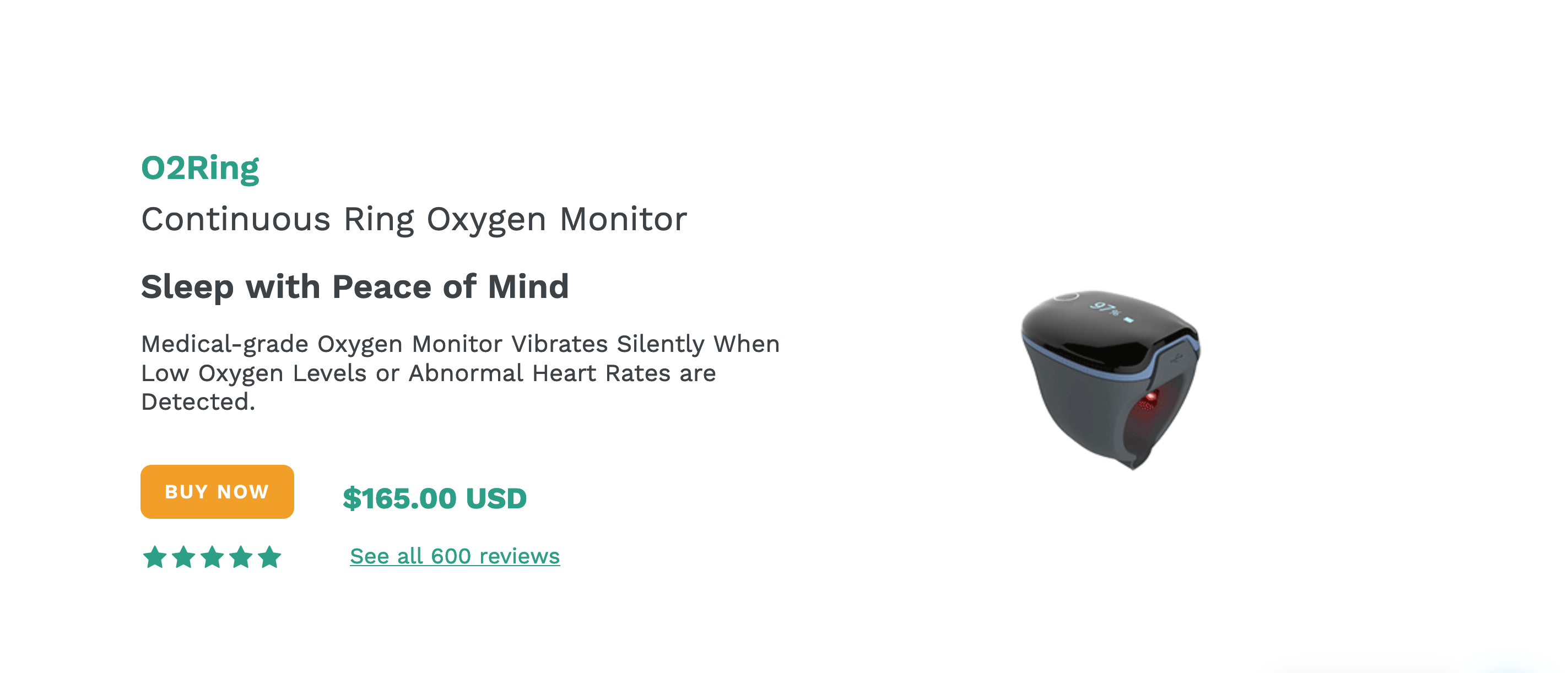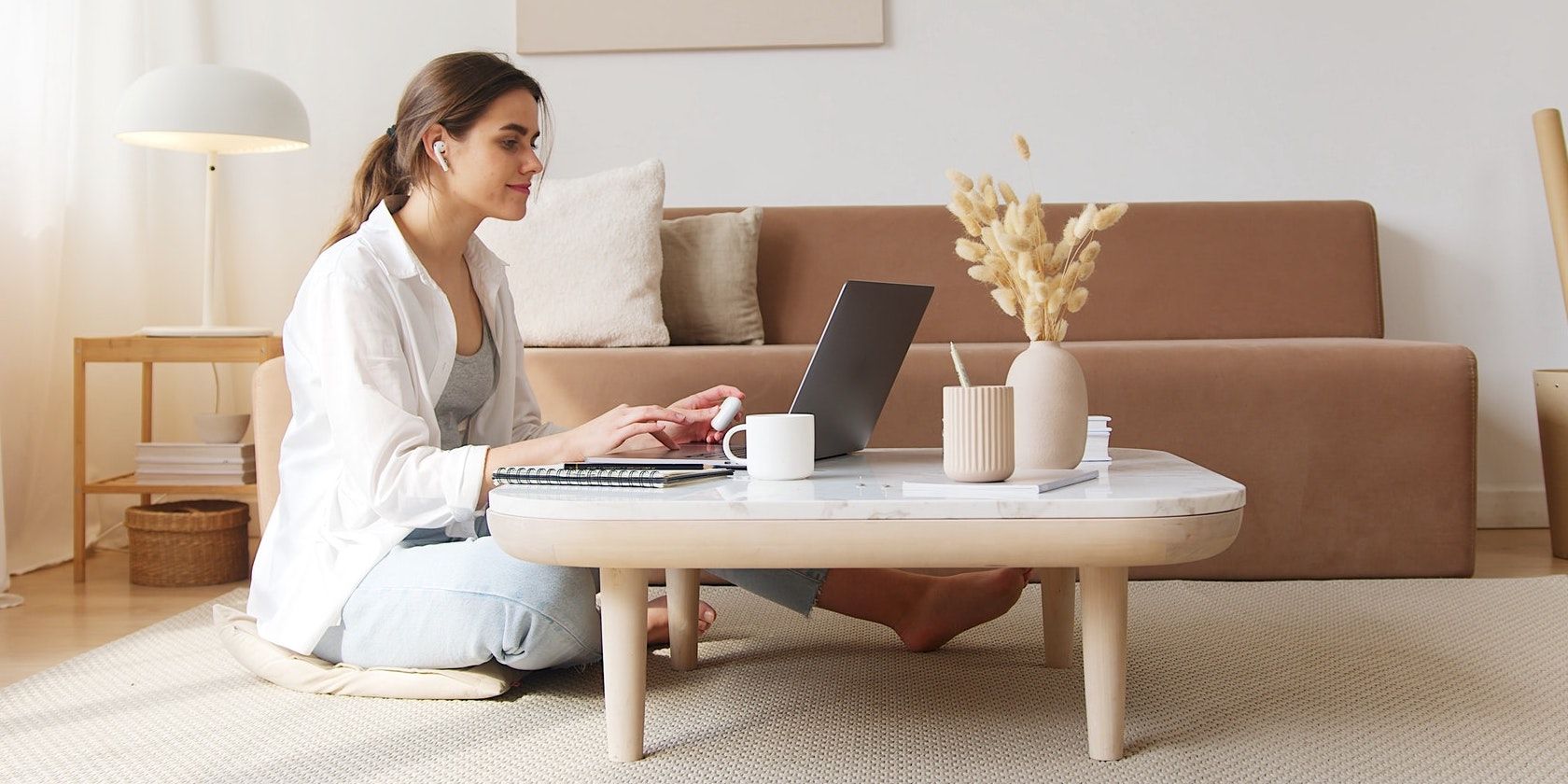You can wear smart rings like jewelry, but unlike a standard ring, it has a host of electronic sensors hidden inside. From measuring your heart rate to monitoring your sleep patterns, a smart ring looks like it can tell us a lot about our bodies.
With all the data a smart ring can generate, how do smart rings really benefit our health? And more importantly, is it right for you? Let's take a look.
What Are Smart Rings?
Smart rings look close enough to be a real ring. But packed with microsensors and tiny PCBs, they don't just look pretty.
Some smart rings have an NFC encased inside, allowing you to make electronic payments. Others have electronic sensors for temperature, motion, heart rate, and even oxygen.
Setting aside the rings that act as security keys, smart rings that monitor your health could provide a fascinating look into what your body is doing.
Long-Term Data
By wearing your smart ring continuously, you can collect enough data over time to see key things about your body. This might include, for example, what your baseline body temperature is.
After taking your temperature reading over some time, an app could eventually recognize what your average daily temperature is. Some app developers say that you can use this as a marker to tell you when your temperature reading is out of the norm, potentially indicating that you might be getting sick.
While simply recording your temperature reading might not be impressive, it's the combination of several sensors recording information 24/7 that could be interpreted in more useful ways.
Interpreting the Results: What Smart Ring Data Means
Unless you're willing to make sense of the data, it can become another useless piece of information. Having an app tell you that you slept poorly isn't exactly the first thing you want to hear when you wake up either—and we can usually decide that for ourselves anyway. Arguably, the first step should be understanding what data is collected and how the app can interpret it.
Ōura, for example, uses sensor data from body temperature, heart rate, and movement to contribute to a Readiness score. A score out of 100 is meant to indicate whether or not you're ready to tackle big tasks for the day or if you should instead take more time to rest. This might be good advice to keep you from burning out if you're the type of person who forgets to check in with how your body is doing from time to time.
The Go2Sleep smart ring, on the other hand, will record data on how many times you toss and turn, heart rate, oxygen, your sleep stages (light, deep, REM), and more; all of which works toward producing a Sleep Score to tell you how well you slept last night. Knowing this, you can start to work out what contributes to better sleep.
Moving towards the commercial-medical field, smart rings like the O2Ring focus on just one set of data. This ring is designed to monitor your oxygen rates and claims that it can be used as an at-home sleep apnea test. Other applications like snoring, pneumonia, and asthma are listed, but more documentation around how the O2Ring could help would be needed here. The intent is to create reports that you can share with a doctor.
Note: With any product aimed at medical health, it's extremely important to always seek the advice of your doctor or a medical professional first.
Making Healthier Decisions With a Smart Ring
The biggest downside of smart rings is that their usefulness depends on how you understand the data and what you do with that information, whether that's the raw data or the simplified metrics that many apps are labeling "Scores".
While some smart rings like the Ōura give you easy-to-digest scores on Readiness, Sleep, and Activity, you will want to balance that information with your real-life experience.
Like dieting, it can be all too easy to get caught up in counting calories without looking at the whole experience, including fitness, individual physiology, and lifestyle. More training in interpreting data wouldn't go amiss, but until then, you can take an at-home-experiment approach to make healthier decisions based on your smart ring data.
Let's take sleep metrics as an example again. If your smart ring app tells you that you had a good sleep last night, start noting what you did the day before. Was it going for a run that helped tire your body out for a good night's rest? Or did you switch off your phone, which helped you fall asleep faster? On the flip side, if you wake up with a bad sleep score, was it because you ate cheese before going to bed?
How to Use a Smart Ring to Live Healthier
Smart rings are simplifying sensor data by producing scores that are hopefully easier to make sense of. However, taking time to rest—just because your app advised you to—can remove your autonomy in making lifestyle decisions that suit you. That's why taking an active approach will help you to get the most out of a smart ring.
Whether it's to lower your stress levels, notice bad habits, gain more energy, improve your sports practice or just sleep better, the best benefits come from putting smart ring data into your own framework.
Here are just a handful of ideas for how you can use a smart ring to help you to live healthier:
- Monitor your heart rate while meditating to give you concrete markers for how well your session went. Use these markers, such as a steady heart rate, to measure and improve your meditation practice.
- Measure your running distance, heart rate, and temperature to give you concrete metrics that you can use to set goals and improve performance as you train. Applicable to sports and fitness.
- Identify what leads to poor sleep at night by noting your sleep conditions (or prior activities), and see how this aligns with your sleep score.
- If you know you've been in contact with a sick person, an abnormal temperature reading might indicate that you are getting sick. If you suspect you are getting ill, you can choose to stay home to avoid spreading germs.
- Observe your oxygen levels at night if you suspect you might have a sleeping condition like sleep apnea. Take these measurements to your doctor to discuss the findings.
Are Smart Rings Right for You?
An app that can tell us things like when we need to rest based on data from our own body is a boon for wellness. But of course, like most technology that combines electronics and lifestyle, it's not simply a plug-in solution to our health.
If you have some clear lifestyle goals in mind, smart rings can provide you with some measurable data that you can take advantage of. Use this data within the context of your individual life, and smart rings could potentially help you make healthier changes to your life.

